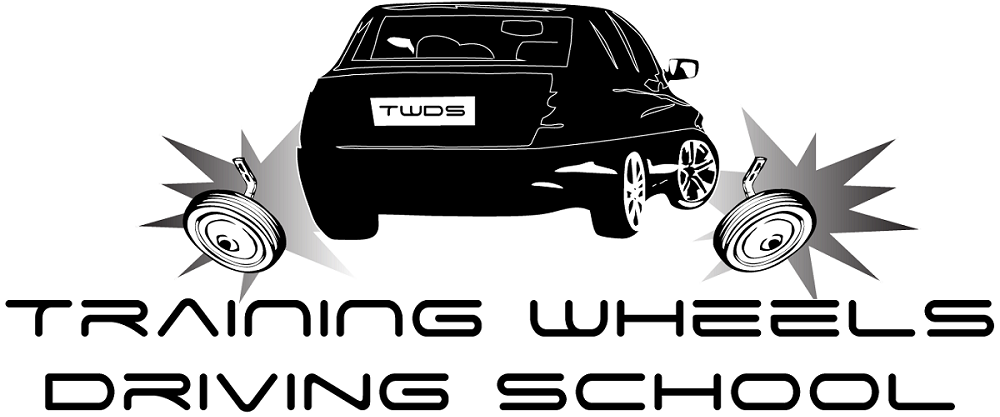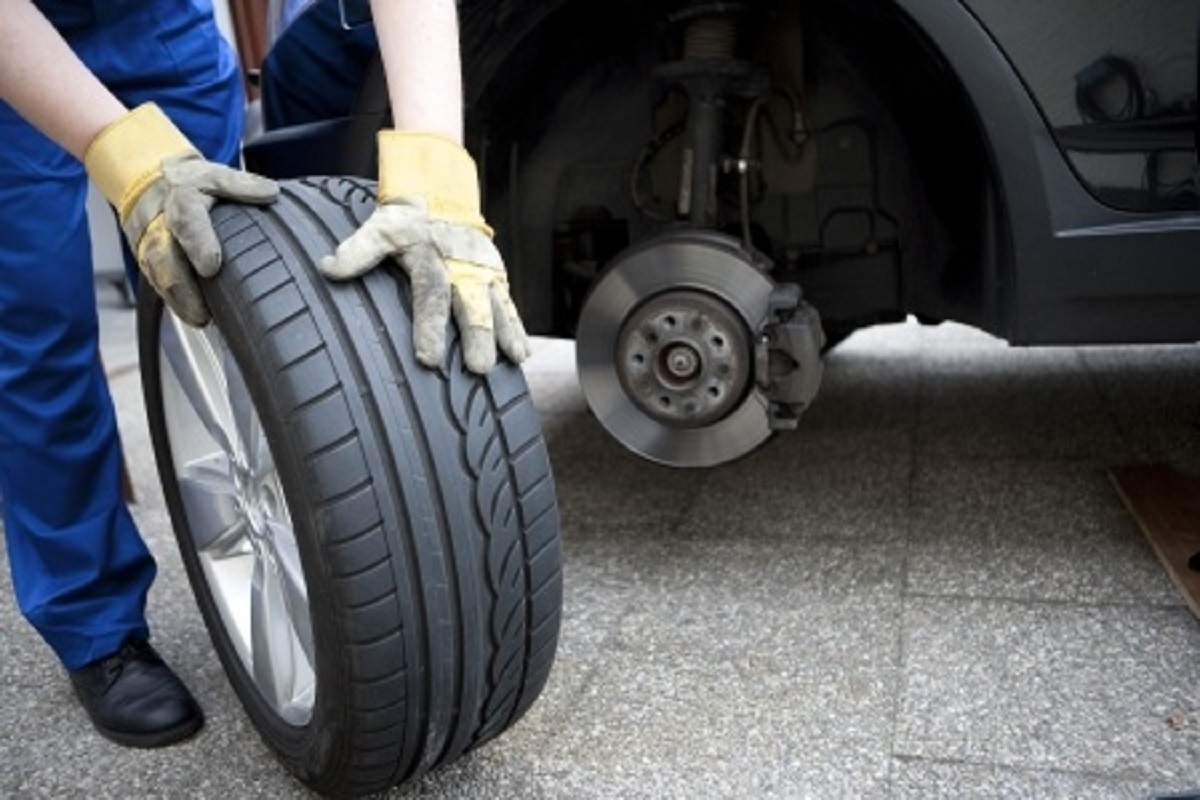Owning a car includes regular maintenance, and what’s under the hood is often the most important, but so are your tires. Depending on where there’s wear and tear, the way your tires look can tell you a lot about your car and the way you drive. Tears can tell you whether your tires are underinflated or overinflated if you forget to check the tire pressure at least once a month. As your car’s foremost connection to the road, your tires are where problems first show themselves, and knowing how to see the signs can help address problems before they become more serious.
Center Wear
If just the middle of your tire is worn down, your tire is overinflated. Some may argue that overinflating is great for resistance and fuel economy, but it can wear on your tires faster. To make sure your tire has the right amount of pressure, check the driver’s doorjamb or your owner’s manual.
Cracked Tires
When the sidewall on your tires begins to crack, this is a sign of impact. This starts to occur after you hit a pothole, debris, or a curb. Weather conditions and age can also cause your tires to crack. To avoid further damage, make sure your tire pressure isn’t over or under the limit. If you have sustained irreparable damage, you’ll need to replace your tires.
Outer/Shoulder Wear
If the tire’s middle is intact and the outer edges are worn down, this shows underinflation. This condition might be the most dangerous and most likely to cause a blowout. Try to make a habit of checking your tire pressure once a month even if you have a tire pressure monitoring system.
Feathered Wear
The tread blocks on your tire will start to resemble a collection of ramps where they’ll wear down the edge of the tire and move inward. To make sure of its condition, run your hands across the tread blocks and feel around for the tapered block. This usually comes from a shift in the car’s alignment.
Single Side Wear
One side of the tires may wear down or look cupped on one side after an off-camber setting. This occurs when your tire leans too far to one side and can be fixed with an alignment adjustment.
Heavily worn tread, for any reason, can prevent your car from performing at its best. In addition to performance, worn tires can also affect your safety and put you at risk for a blowout along with other unsafe driving conditions. Spare yourself the extra trouble and treat any wear and tear your tires might have.
Think you or someone you know is in need of Behind the Wheel Training? Training Wheels is a Ventnor driving school specializing in teaching new teen drivers how to stay safe on the road. For more information on our lessons, please click here.
Copyright: archiwiz / 123RF Stock Photo

